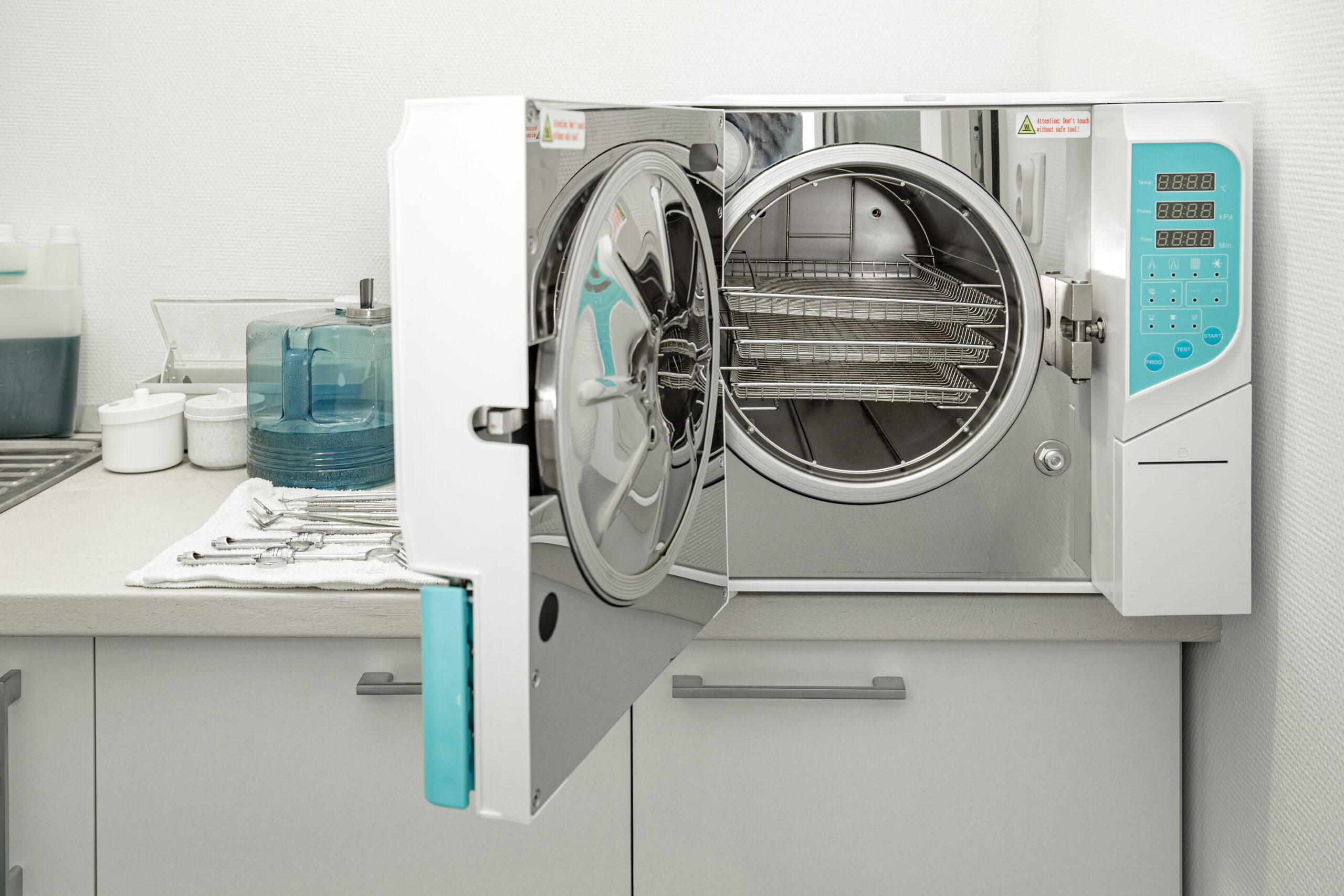One crucial aspect of ensuring the safety and effectiveness of a medical device is sterilization – the elimination of all viable microorganisms from a surface or material. With various sterilization methods available, choosing the appropriate technique is essential to maintain the integrity of medical devices and protect patient health. This blog will explore the different methods used for sterilizing medical devices.
1. Steam Sterilization (Autoclaving)
Steam sterilization, also known as autoclaving, is one of the most widely used methods for sterilizing medical devices. It involves exposing the devices to high-pressure saturated steam at elevated temperatures (typically around 121°C or 134°C) for a specified duration. Autoclaving effectively kills bacteria, viruses, fungi, and spores, making it suitable for a wide range of heat-stable materials.
2. Ethylene Oxide (ETO) Sterilization
Ethylene oxide sterilization is a low-temperature method commonly used for heat-sensitive medical devices, such as plastics, electronics, and certain types of packaging. ETO works by disrupting the DNA of microorganisms, thereby preventing their replication. The process involves exposing the devices to a controlled concentration of ethylene oxide gas in a sealed chamber, followed by aeration to remove residual gas.
3. Radiation Sterilization
Radiation sterilization employs ionizing radiation, such as gamma rays, electron beams, or X-rays, to kill microorganisms on medical devices. Gamma irradiation is particularly popular due to its ability to penetrate dense materials and achieve uniform sterilization. This method is suitable for a wide range of materials and is commonly used for single-use medical devices, pharmaceuticals, and biological products.
4. Dry Heat Sterilization
Dry heat sterilization involves exposing medical devices to high temperatures in a dry environment, typically ranging from 160°C to 190°C, for a specified duration. This method effectively kills microorganisms by denaturing their proteins and disrupting their cellular structures. Dry heat sterilization is suitable for heat-resistant materials but may require longer exposure times compared to steam sterilization.
5. Chemical Sterilization
Chemical sterilization utilizes liquid or gas sterilants to kill microorganisms on medical devices. Common chemical sterilants include hydrogen peroxide, peracetic acid, and chlorine dioxide. These agents work by oxidizing cellular components and disrupting essential metabolic processes in microorganisms. Chemical sterilization is often used for heat-sensitive materials but requires careful validation to ensure efficacy and safety.
6. Plasma Sterilization
Plasma sterilization, also known as low-temperature sterilization, involves using a combination of hydrogen peroxide vapor and low-temperature plasma to kill microorganisms on medical devices. This method offers excellent penetration and material compatibility while operating at relatively low temperatures, making it suitable for heat-sensitive materials and complex device geometries.
Selecting the appropriate sterilization method for medical devices is crucial to ensure patient safety, product efficacy, and regulatory compliance. Each sterilization method has its advantages and limitations, depending on factors such as material compatibility, device complexity, and desired sterilization outcome. Do you need validation support for your sterilization process? EMMA International can help! Call us at 248-987-4497 or email info@emmainternational.com to learn more.
FDA (April 2024) Sterilization for Medical Devices retrieved from: https://www.fda.gov/medical-devices/general-hospital-devices-and-supplies/sterilization-medical-devices





